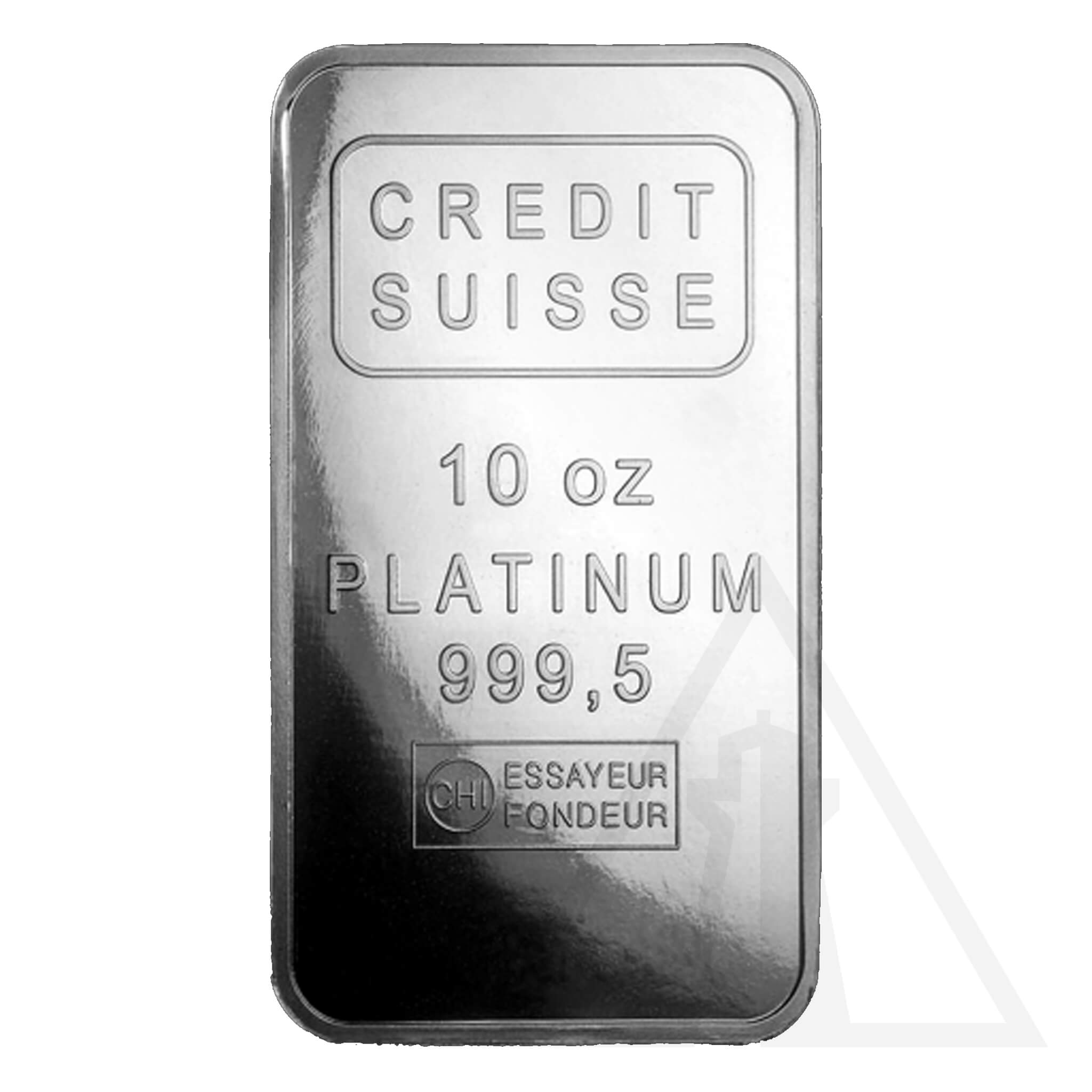When one hears that there is a shortage in the silver (and increasingly gold) system, it is important to clarify: what is being referred to is not (yet) a situation in which the raw metal is completely unavailable. Rather, the constraint lies in the capacity of the world’s major bullion refineries and mints to take in raw material, refine and finish it into market‐ready investment grade product (bars, coins, blanks, etc.). In short: the raw metal is still coming in; the bottleneck is the processing and movement through the supply chain, the classic definition of rationing of capacity rather than exhaustion of supply.
Why this distinction matters
- If raw metal is scarce, you have one form of stress: miners cannot extract enough new metal, inventories draw steadily down, and supply physically falls short of demand.
- What we are observing today (October 2025) is somewhat different: refiners are running near or at capacity, backlogs are growing, lead times are expanding, premiums are rising, and inventories of finished bullion are tight, even though mines and scrap flows are still producing.
- In other words: demand for refined, investment-grade bullion is outpacing the ability of the infrastructure to deliver it, causing what appears like a “shortage” of finished product, even though the raw material sits in the system, waiting its turn.
Supporting data
- According to recent industry commentary, global silver refining capacity is estimated at approximately 1.3 billion ounces annually across roughly 40 major refineries worldwide, yet bottlenecks are being flagged in the system due to rising demand and backlog.
- In one recent article: “silver refineries are currently averaging about three months of backlog. They’re primarily feeding COMEX deliverable …”
- Brokers and dealers report that many refiners are simply unable to process additional throughput at a viable margin because their lease and financing costs of metal have spiked, effectively capping intake.
- In the Swiss gold refining sector, for example, some facilities are reported to be operating “at or near full capacity” due to heightened gold demand.
Thus, the picture is one of supply‐chain/processing stress rather than an absolute depletion of metal, at least as of now. The implication: finished product is constrained, which in turn forces higher premiums and longer delays, a form of rationing of available product rather than true absence of supply.
Historical Parallel: 1970s Silver (and Gold) Phenomena
It is useful to look back to the 1970s because there are striking parallels, and also key lessons for today.
- During the early to mid-1970s, silver was still relatively cheap (hovering around US $1–2/oz), but demand pressures were building, and changes in monetary policy (in particular the end of the Bretton Woods gold-dollar link in 1971) helped trigger sharp upward movements in precious-metal prices.
- The 1970s also featured supply stress: for example, one article notes that in one year “world coinage dropped 45 percent to 20 million ounces” during 1973, signalling supply/production issues. Reason.com
- The infamous “Silver Thursday” in 1980 (triggered by the Hunt brothers) was preceded by rapidly rising physical demand and constrained deliverable supply. Investopedia+1
- In short: periods of structural demand growth, processing/refining or deliverable blocks, and monetary policy shocks created a perfect environment for hyper-inflation of metal prices (in real terms) in that era.
The takeaway: We are seeing echoes of that pattern today. If refining/throughput constraints combine with rising demand (investment + industrial) and monetary turbulence, we may be looking at a scenario in which prices can move rapidly, perhaps non-linearly, as supply‐chain limitations become binding.
Key Mechanisms at Work Today
1. Delayed shipping / production lag
- With refiners operating near capacity, lead-times for coins, minted bars and blanks are stretching. Some reports speak of three-month backlogs.
- Shipping delays are exacerbated by premium freight costs, transport bottlenecks, customs/import issues and the need to reposition physical metal across geographies, all of which add to time and cost.
- When production cannot keep pace, dealers and mints may shut intake of raw materials (e.g., scrap) or limit orders because they cannot absorb more product, causing a “freeze” of supply into the system.
2. Higher premiums
- Because finished bullion supply is constrained, the market is seeing elevated premiums for coins and bars relative to spot price. A condition which is fair in many ways given the limits and constraints but also unfair to the end buyer who wishes nothing more than to receive a fair-priced piece of gold or silver.
- Dealers and end-users see this as “shortage” because inventory is thin and immediate fulfilment is difficult. Many will advertise it is such and cause further problems on ths system.
- Premium increases reflect not just metal value but the processing, waiting time, financing and shipping embedded in supply.
- For example: articles suggest that in some jurisdictions, the cost of borrowing silver (lease rates) has surged dramatically, meaning refiners pay more to finance metal, which squeezes margins and passes cost downstream.
3. New refineries and capacity expansion (the lag effect)
- Recognising the bottleneck, many refiners and mints are investigating or announcing capacity investments to bring additional refining / minting capability online. FinancialContent+1
- However, these projects take time (months to years) for permitting, design and commissioning. Thus, in the near term, the constraint remains.
- Until new capacity is operational, the supply‐chain remains stretched and risk of rationing remains elevated.
What It Means for Investment-Grade Precious Metals Exposure
Inventory & availability
- For clients: when you hear “silver/gold shortage,” it is safest to assume that finished inventory is thin, lead-times are longer, and premiums may rise, rather than assuming raw metal is fully unavailable.
- Successful inventory management means understanding that in such a regime, time and process become as critical as metal price. If you wait for spot to fall, you may still face delays in delivery or elevated premiums, which could soak up any decent pullback percentage you waited patiently for.
- Buy-side clients (coins, bars) should factor higher premiums, longer delivery windows and the possibility that availability flags will spike if demand surges further.
Price risk: scenario for hyperbolic movement
- Because the constraint lies in refining/throughput rather than raw extraction, price moves can accelerate dramatically once demand overtakes that capacity. In essence: if you cannot deliver finished metal fast enough, you get a supply-shock mentality even if mines continue producing.
- Some market models suggest that in this kind of environment, “repricing” of precious metals could be extreme, with some analysts pointing to gold prices reaching US$5,000 a lot quicker than previously thought possible, in a major supply-shock scenario.
- The 1970s taught us that when physical delivery, investor demand and speculative dynamics converge, wild price swings become possible. It should be noted that in many, if not 90% or higher of the cases, Delta Harbour maintains the same exact premiums where possible, relative to cost of inventory.
- Therefore, while mining will respond (more digging, more exploration, more raw material eventually), the time-lag from discovery to refined product means the “ramp up” will likely be slower than investor expectations, permitting upward pressure to build.
Supply ramp-up and timing
- As the price of silver (and gold) rises, mining companies and scrap supply flows will respond, more exploration, more mine production, more recycling.
- Over time, raw metal will accumulate, and processing capacity can scale, but this is a lagged reaction. In the interim, finished product remains scarce relative to demand.
- In other words: even though “raw material is still flowing”, the bottleneck is the processing and distribution system, so the market may remain tight for some time.
Summary Message for Clients
In plain terms: when the major hallmark refineries (from global names such as the Royal Canadian Mint (RCM), the world’s sovereign mints, the Swiss manufacturers such as PAMP (Suisse), Credit Suisse Bullion and Argor‑Heraeus, and notable private refiners like the Sunshine Mint and Silvertowne, are reporting inventory flush but throughput limits, what you are witnessing is not necessarily the traditional “we’ve run out of metal” shortage, but rather “we cannot refine, mint and distribute finished product fast enough to satisfy current demand.”
That distinction matters. It means:
- Raw inputs are still present and will continue to flow.
- Finished product will remain constrained until processing and logistics catch up.
- Premiums will likely stay elevated or increase.
- Lead‐times and shipping delays are likely to persist.
- Price upside is more an issue of delivery bottlenecks meeting demand than simply mine output.
- The risk of rapid price escalation is real, especially if demand escalates further or if monetary/financial stress drives flight to metal.
- The client base should understand that this is analogous to the 1970s, a period of structural demand growth, delivery stress and eventual run-away pricing — and while history does not guarantee a repeat, the “possibility of hyperbolic movement” in the metals prices is absolutely on the table.
Practical take-aways
- If you plan to acquire physical bullion, consider ordering ahead (recognise longer lead times).
- Lock in premiums early when feasible, rather than waiting for spot price dips.
- Diversify between minted coins/bars and consider availability metrics (ie: choose refiners/mints with better logistics).
- Monitor refining‐backlog indicators, lease rates, delivery lead times and premium spreads, these may be early warning signals of escalating stress.
- From a wealth strategy perspective, view physical bullion not just as a metal play but as a processing/distribution bottleneck play: the constraint is on delivery not necessarily on extraction today.
Yours to the penny,
Darren V. Long







